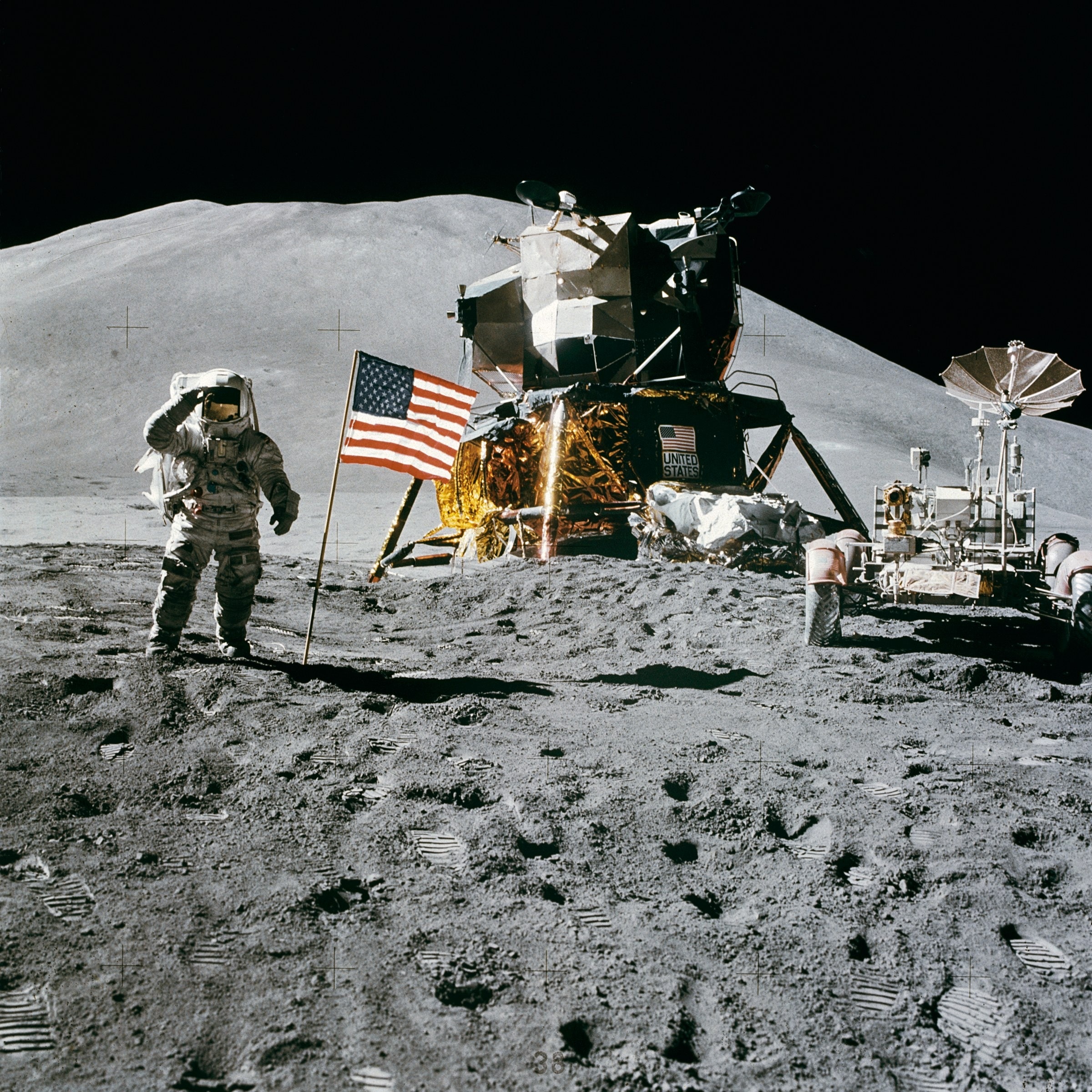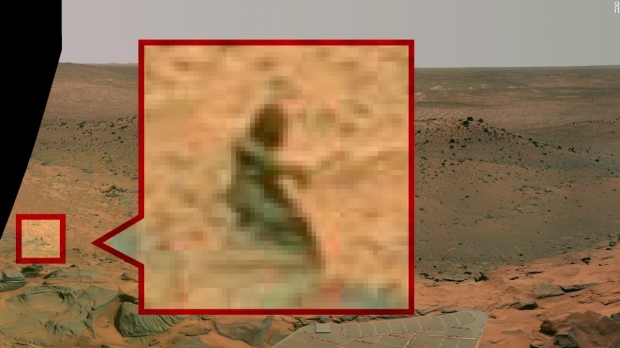Space exploration has always been a topic that fascinates and intrigues us. The vast expanse of the universe, the possibility of discovering new life forms or planets, and the advancements in technology make space exploration an exciting field to delve into. However, it’s not all smooth sailing as one Japanese company discovered when it faced significant losses due to its involvement in space exploration. In this blog post, we’ll take a closer look at the costly consequences of space exploration and how these expenses impact companies involved in this industry. So fasten your seatbelts and let’s explore!
Overview of the Japanese Company’s Losses
The Japanese company, Interstellar Technologies Inc., suffered a significant loss when its rocket crashed and exploded in June 2020. The rocket was meant to reach space but instead, it fell back to Earth just seconds after liftoff. This failure resulted in the loss of millions of dollars for the company.
The rocket launch was part of Interstellar’s efforts to compete with other companies involved in the commercial space industry. However, this setback has put them at a disadvantage and could affect their future plans for space exploration.
This isn’t the first time that companies have faced losses due to their involvement in the space industry. Such ventures involve massive investments, research and development costs, as well as high insurance premiums. Even NASA has experienced setbacks and failures during its missions.
Despite these challenges, companies continue to invest heavily in space exploration as they see it as a potential source of revenue and technological advancements that can benefit society. But these risks must be weighed against potential rewards before making such large-scale investments.
Interstellar’s experience highlights the costly consequences associated with venturing into uncharted territory like outer-space exploration – an undertaking that requires not only financial resources but also courage and perseverance from those involved.
The Cost of Space Exploration
Space exploration has always been an exciting subject for humans. From the first moon landing to the recent missions to Mars, space exploration has captured our imaginations and pushed scientific boundaries. However, it is also a costly endeavor that requires significant investment.
The cost of space exploration includes not only the development and launch of spacecraft but also ongoing maintenance and operations. Additionally, there are research costs associated with analyzing data gathered from these missions.
Factors that impact the cost of space exploration include technological advancements, political climate, competition in the industry, and unforeseen challenges during mission execution. For example, early space programs faced many hurdles due to limited technology which made developing spacecraft more expensive than it is today.
Furthermore, political factors play a role in funding as governments often allocate funds towards projects they deem important or necessary for national security reasons. Competition among companies can lead to increased spending on research and marketing efforts aimed at securing government contracts.
While there is no denying that space exploration comes with a high price tag; its benefits far outweigh its costs both technologically and scientifically speaking. With continued support from governments worldwide coupled with private investments we can look forward to exploring new frontiers of our universe in years to come!
Factors That Impact Space Exploration Costs
Several factors impact space exploration costs. One of them is the technological complexity involved in designing, building, and launching spacecraft that can withstand harsh conditions in space. Developing such technology requires advanced research and development, which translates to higher expenses.
Another factor is logistics. Launching a spacecraft into orbit requires expensive launch vehicles and fuel, all of which add up to the overall cost of the mission. Additionally, maintaining communication with spacecrafts while they are millions of miles away adds more expense.
The duration of a space mission also affects its cost. The longer it takes for a spacecraft to complete its objective or return home safely, the more resources are needed to sustain it over time.
Political factors can also play a role in determining how much money is allocated towards space exploration programs by governments or private companies. Budget cuts or changes in priorities within governing bodies may result in reduced funding for these endeavors.
External events like natural disasters or technical failures could lead to costly delays that raise overall expenses further down the line.
Many different elements contribute towards rising costs associated with exploring outer space – from technical challenges and logistical difficulties through political decisions taken by lawmakers who must allocate funds accordingly!
Conclusion
Space exploration has always been a costly endeavor. The Japanese company’s losses are just one example of the risks involved in investing in such technology. However, it is important to remember that space exploration also brings immense benefits to society and our understanding of the universe.
While cost-cutting measures and partnerships with other companies may help alleviate some financial burdens, it is inevitable that there will be setbacks along the way. It is up to companies and governments to weigh the costs and benefits of space exploration carefully.
Ultimately, we must continue exploring beyond our planet if we hope to advance as a civilization. As long as we take calculated risks and learn from our mistakes, the rewards can far outweigh the costs.










